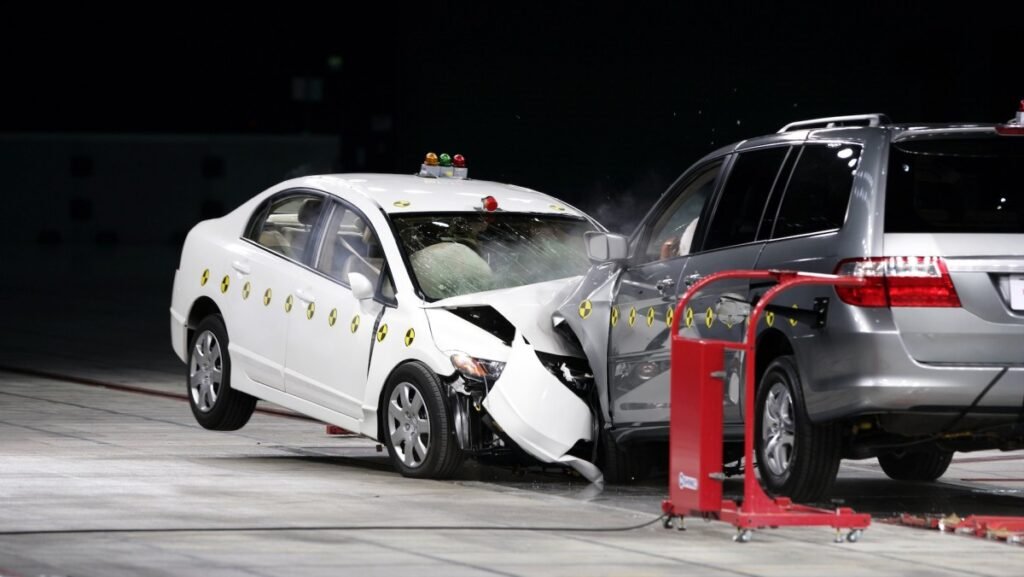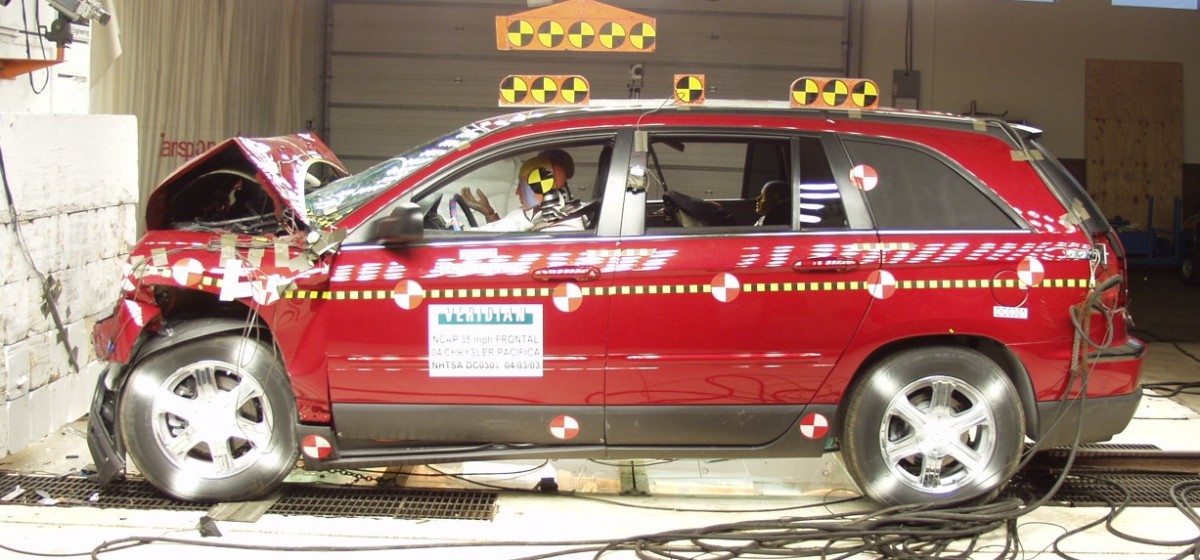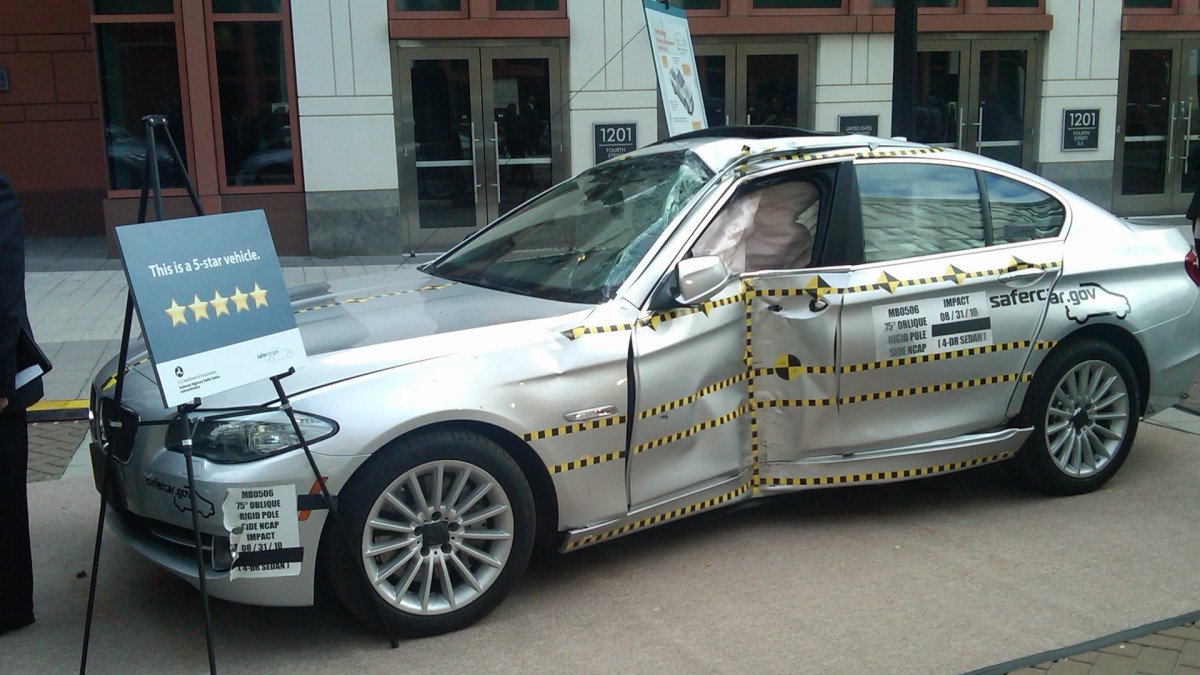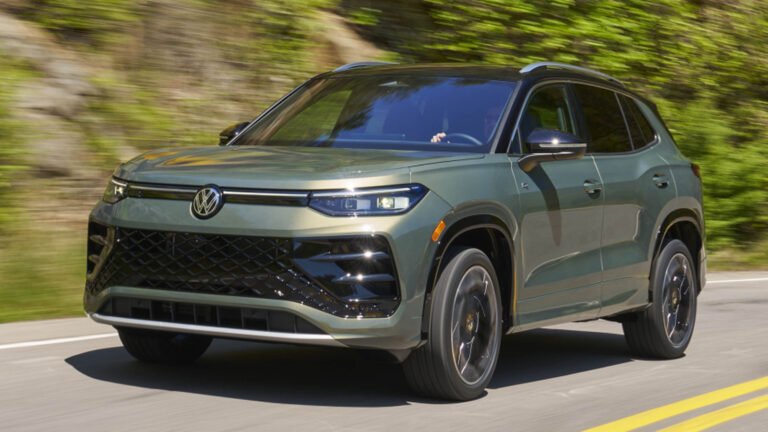
Automakers Say They Need More Time
The federal National Highway Traffic Safety Administration (NHTSA) is delaying planned changes to its New Car Assessment Program (NCAP), which awards safety ratings on a scale of one to five stars, Reuters reports. The feds will reportedly give automakers another model year to comply with the new requirements.
A series of updates to the NCAP were supposed to take effect with the 2026 model year, but according to the report, they’re being pushed back to the 2027 model year after automakers told NHTSA that they need more time to comply.
Stricter Standards
Chrysler
Last year, NHTSA announced major changes to the NCAP requirements, including stipulations for more standard driver-assist features to earn the highest five-star rating. Under the new rules, blind-spot monitoring and intervention systems, lane-keep assist, and pedestrian-detecting automatic emergency braking systems will all have to be standard to get five stars. The agency has also said it plans to implement minimum performance standards for automatic emergency braking by the 2029 calendar year.
But the Alliance for Automotive Innovation, a trade group representing many major automakers, pushed back in April, claiming that NHTSA hadn’t published updated pedestrian crash test procedures in time for the 2026 rollout, and that few vehicles would qualify for a five-star rating as 2026 models under the current timeline. To receive ratings, automakers conduct their own crash tests using NHTSA-specified procedures and then report the results to the government.
In a statement to Reuters, NHTSA said a delay would “provide industry additional time to implement these technologies,” while ensuring that the new requirements are still implemented. It’s unclear whether that will have a domino effect on the automatic emergency braking standards for 2029, which require vehicles equipped with those systems to avoid frontal collisions from speeds up to 62 mph. Automakers have also sought to have this rule pushed back.
What Does This Mean?
BMW
The five-star safety ratings are voluntary and separate from the federal safety standards automakers must meet to sell cars in the United States. However, they remain a valuable marketing tool for automakers, and a comparative tool for consumers shopping for new vehicles. It’s also worth noting that the updated requirements focus more on pedestrian safety—in response to a rise in pedestrian deaths in recent years—and that the insurance industry’s Insurance Institute for Highway Safety (IIHS) continues to publish its own safety ratings based on different criteria.




